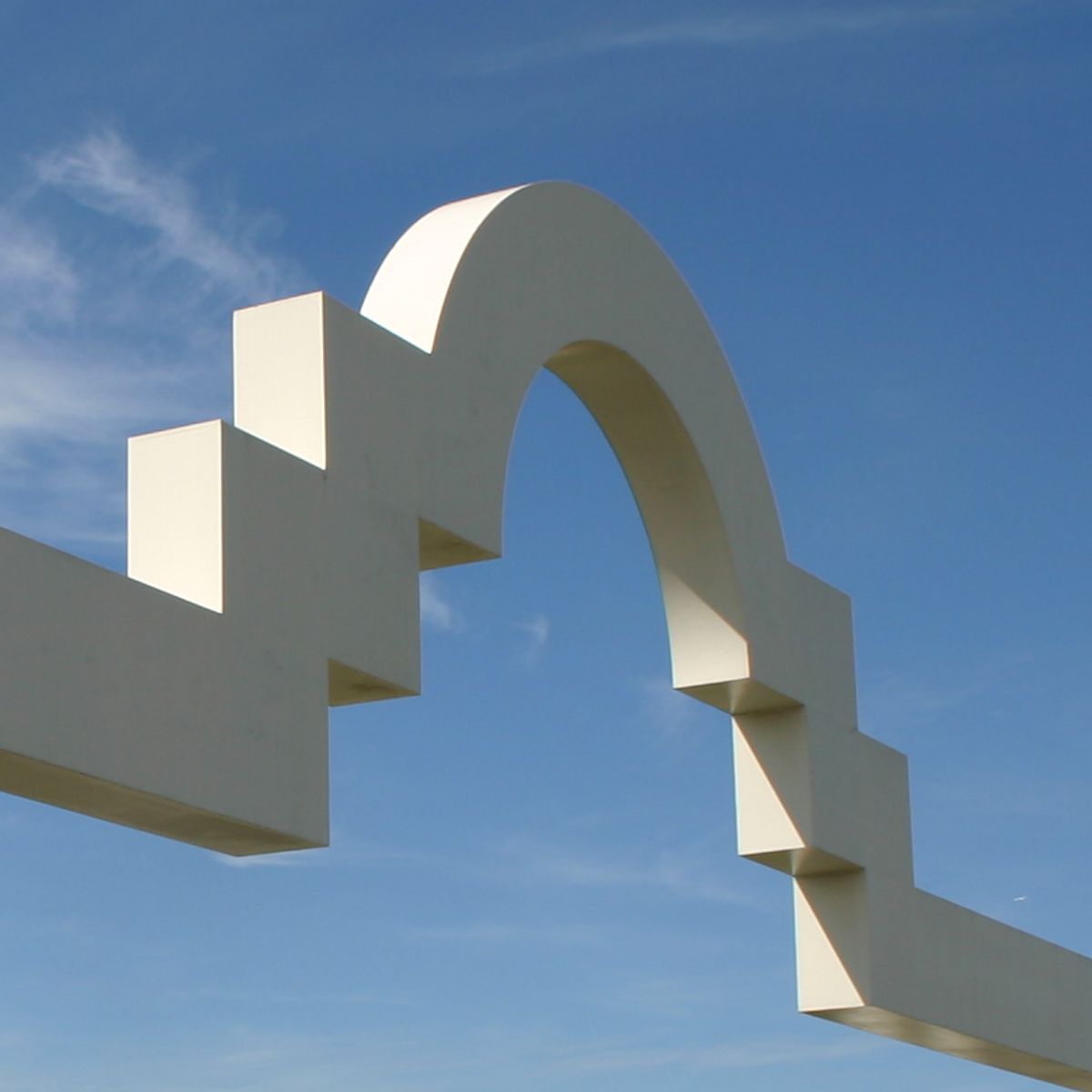Safe Routes to School Projects Include 'Bike Train' and 'Walking School Bus'
Safe Routes to School Projects Include 'Bike Train' and 'Walking School Bus'

Many parents would like to see their children walk or bike to school. Being self-propelled has several advantages, prime among them increased physical fitness and reduced auto emissions.
Safety often surfaces as a stumbling block, however. Interruptions in bike lanes or sidewalks can put a child in harm's way. Finding a trusted adult to supervise younger children can also be an obstacle.
Alameda County's Safe Routes to School (SR2S) program has come up with some very clever ways to surmount these hurdles. Aiming to increase the number of school-aged walkers and bikers, SR2S "gives kids and parents skills, encouragement, and inspiration through a range of activities, events, and lessons, while also addressing local pedestrian and personal safety concerns," explains Program Director Nora Cody.
Rosie Mesterhazy, SR2S Tri-Valley site coordinator, offers several examples targeted to elementary students, and they all incorporate fun.
Classrooms in one Livermore school compete to log the most students walking or biking every week. The winning class receives a fitting trophy-a tennis shoe spray-painted gold. Another school held a pop-up bike festival in conjunction with Bike-to-Work/School Day. The newly launched SR2S Bikemobile was on site for a free "fix-a-thon." Other volunteers staffed a "bike blender," making bicycle-powered smoothies.
The biggest success in the Tri-Valley so far has been the school that boosted its bicycling population by a factor of 10, up to roughly 100 per day, during a week-long campaign. With active support from the principal, site coordinator, and parents, "it was an awesome team effort," Mesterhazy relates. The chance to participate in a raffle at the end of the week was a big draw. Organizers handed out plastic zip strips instead of paper tickets for each ride, and the prizes donated by a local cycling shop were a big hit.
A test program for high schools students is currently underway. It takes a totally different approach, relying on peers, not parents, to generate the excitement.
Pleasanton's Foothill High School is one of just four in the pilot. Program representatives have been working with the school's Earth Club to raise interest in bicycling, taking transit, and car-pooling. The high proportion of students driving presents a challenge, Cody points out. The group is working on a proposal to create a special carpool section of the parking lot. A bike-to-school day event produced a great turn-out, with significant commitment and resources sponsored by the City of Pleasanton. Another innovative step was the Livermore Alameda County Transit Authority-sponsored free rides on Wednesdays in April and May, subsidized by the city. Ridership increased even after the incentives ended, thanks to a catchy promotion. Students also created a public service announcement encouraging peers to walk, bike, and take transit to school.
Beyond raising awareness, SR2S recognizes that safety is paramount. Participating schools appoint a "champion" to set up walking routes and reach out to parents to supervise students in transit. Referring to group travel as the "Walking School Bus" and the "Bike Train" ups the cool quotient.
Still, engagement is the most important ingredient. Just devising a route or improving the infrastructure is not enough.
"It's really essential to provide the human infrastructure that makes people feel safe," Cody concludes. "It's a long- term process, but in the end, as kids and parents make friends and get to know their neighbors, you reclaim that sense of community spirit we had in the past."
Although school is out for the summer, program representatives continue their work. For updates, visit www.alamedacountysr2s.org.
Also in this issue...
- Two New Hacienda Housing Communities Receive Green Light from City
- Purity Day Spa Offers Oasis of Tranquility to Help Shed Stress
- Business Bits
- Executive Profile: George Mathew, Latex Global
- Cherry Creek Mortgage Company Blends Innovation with a Responsible Lending Approach
- ValleyCare Health Library is Beneficiary of Upcoming Golf Scramble
- For Business or Pleasure, a Day or a Month, Hacienda has a Hotel for You
- Guaranteed Ride Home Closes the Loop in Sustainable Transportation
- Safe Routes to School Projects Include 'Bike Train' and 'Walking School Bus'
- Green Business Certification Offers Multitude of Benefits
- Summer in Downtown Pleasanton
- Hacienda Online!
- Top 10 Reasons to Join the Pleasanton Chamber of Commerce
- Hacienda Index
- Calendar




